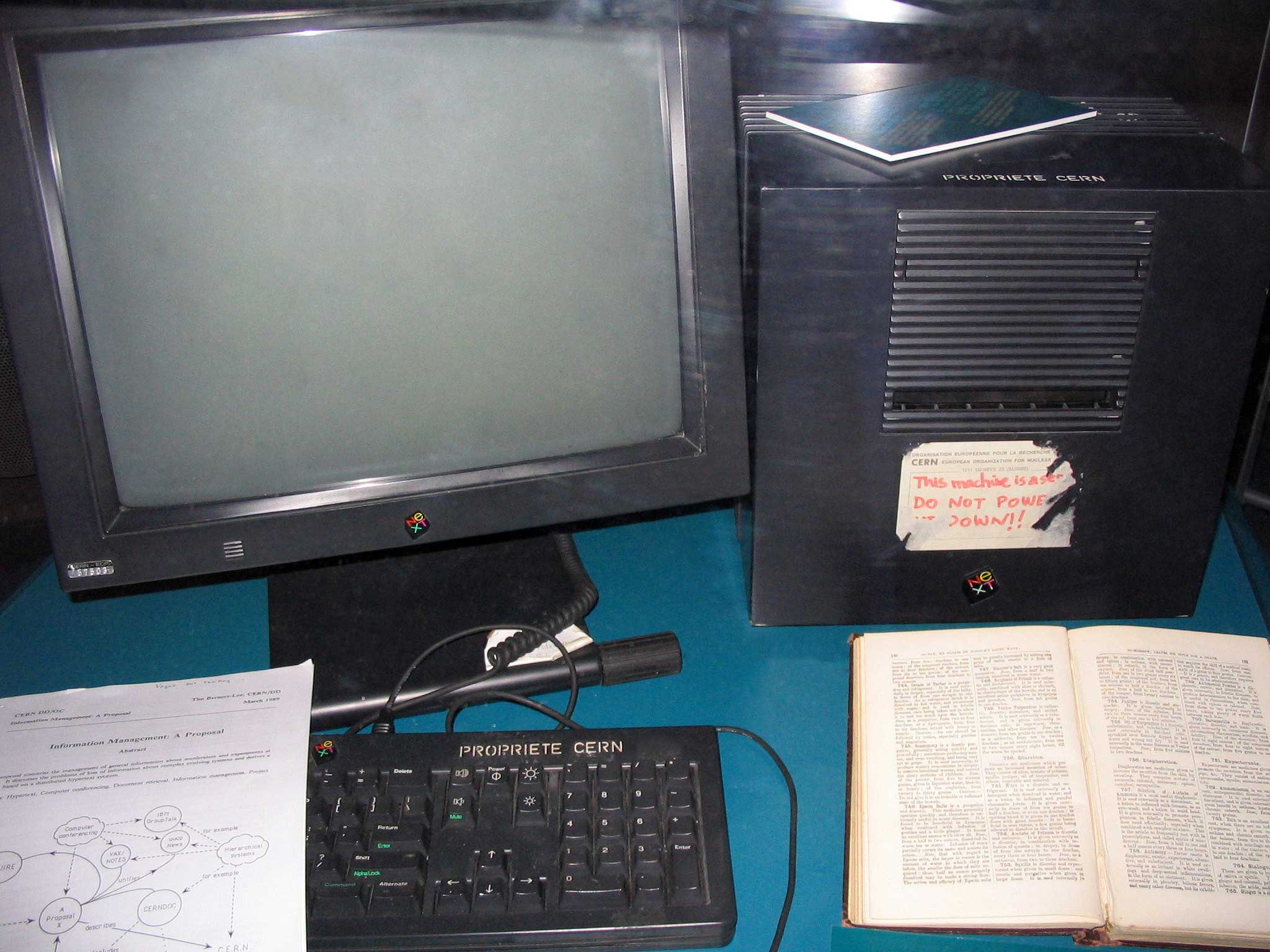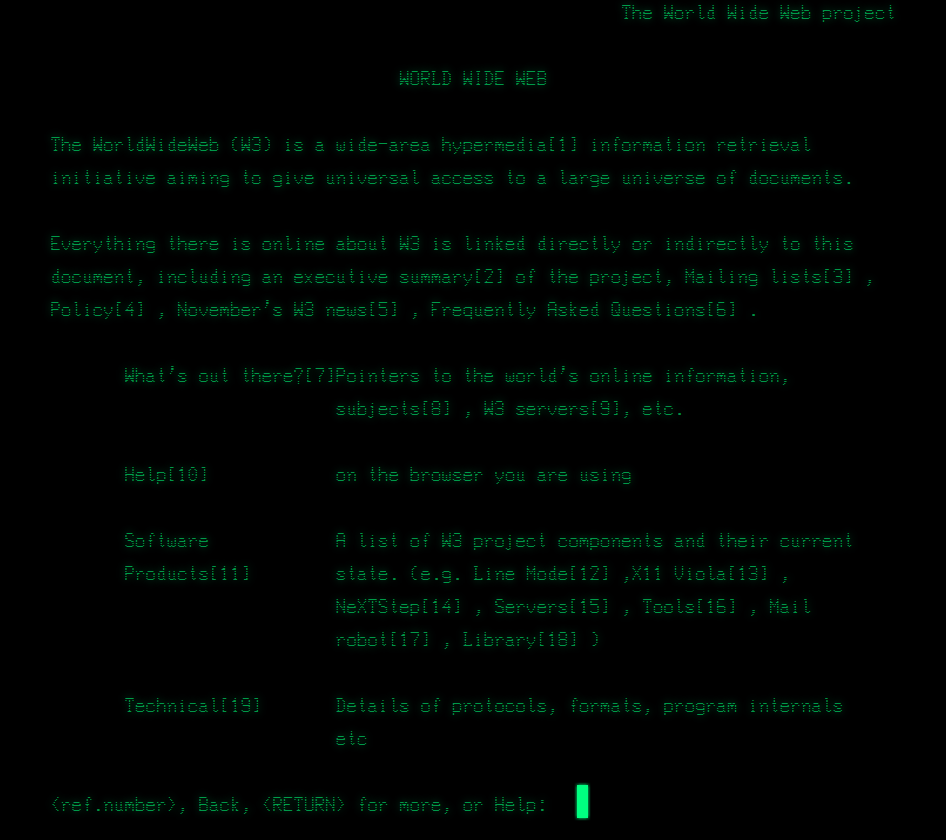We have come a long way in terms of technology. Our lives have never been so connected through the Internet. Everything we do on the Internet leaves a digital footprint in some way or the other. In this post, I am going to take you on a journey into a different Universe. A whole virtual world created by us and how we achieved this remarkable feat. If you want to quantify the size of the Internet in another fundamental physical quantity then consider this.
Internet weighs the same as a strawberry!
Yes! next time when you gobble a strawberry, do remember that you are going to consume the same amount of weight as the entire Internet. You might want to reconsider it if you are on a strict data diet. This mind-boggling fact was presented by Michael Stevens on his YouTube channel Vsauce. According to him, the weight of all the electrons in motion that make up the Internet at any one moment is equivalent to 50 grams. Here is the video from his channel explaining how he estimated this weight.
Let's look into the brief history of the Web:
Tim Berners-Lee, a British scientist at CERN, invented the World Wide Web (WWW) in 1989. The web was originally conceived and developed to meet the demand for automatic information-sharing between scientists in universities and institutes around the world. The first website at CERN - and in the world - was dedicated to the World Wide Web project itself and was hosted on Berners-Lee’s NeXT computer. The website described the basic features of the web; how to access other people’s documents and how to set up your server.
The site went live on August 6, 1991, and was housed on Berners-Lees’ NeXT computer, the first server, which had a note taped to the front that said: “This machine is a server. DO NOT POWER DOWN”. The NeXT machine - the original web server - is still at CERN.
This NeXT Computer below used by Tim Berners-Lee at CERN became the world’s first web server.

On 30 April 1993, CERN put the World Wide Web software in the public domain. CERN made the next release available with an open licence, as a more sure way to maximise its dissemination. Through these actions, making the software required to run a web server freely available, along with a basic browser and a library of code, the web was allowed to flourish.
The World's First Webpage:
CERN has preserved and restored machine names, IP addresses to their original state and the first web address- a destination that would reflect the story of the beginnings of the web.
Here is the image of the first webpage created, it was accessed through a line-mode browser.

You can also access and get the feel of this webpage through this line-mode browser simulator provided by CERN and here is the html file, which you can access through your browser.
If you want to read more about the history of computers and the Internet, follow this page ‘Timeline of Computer History’.
Thank you for reading.